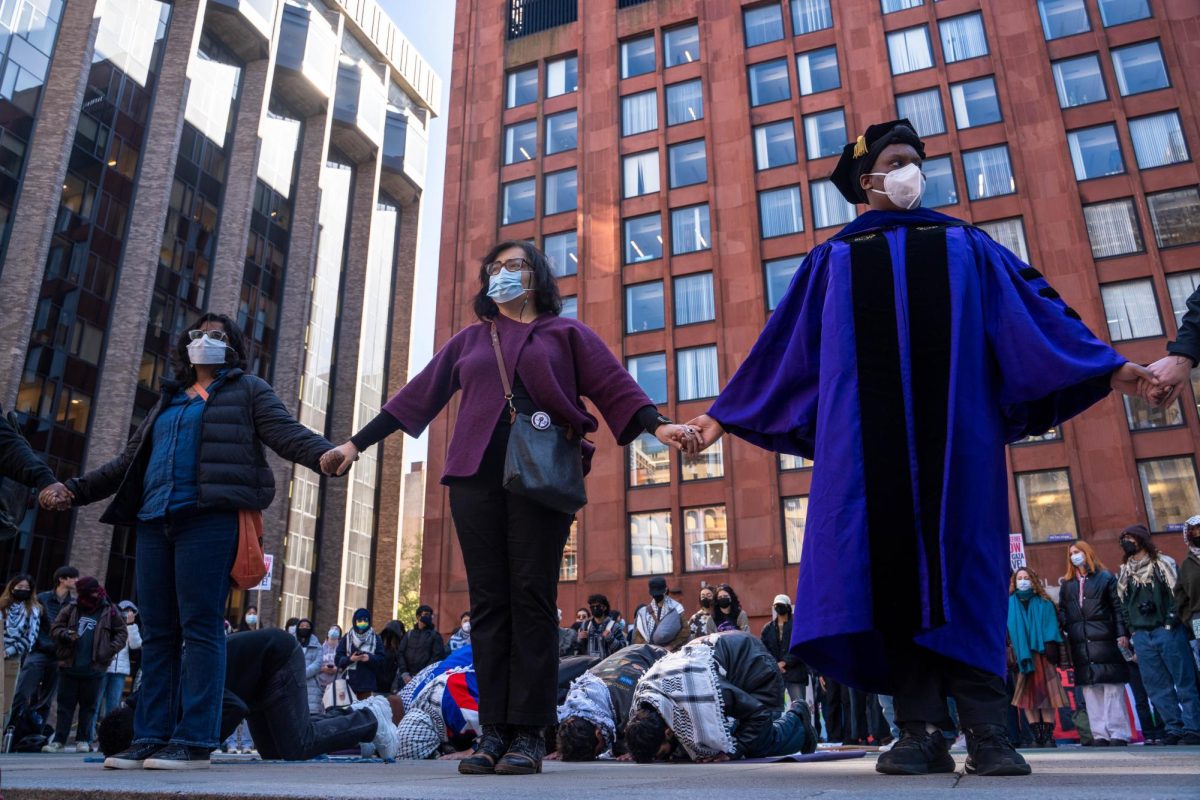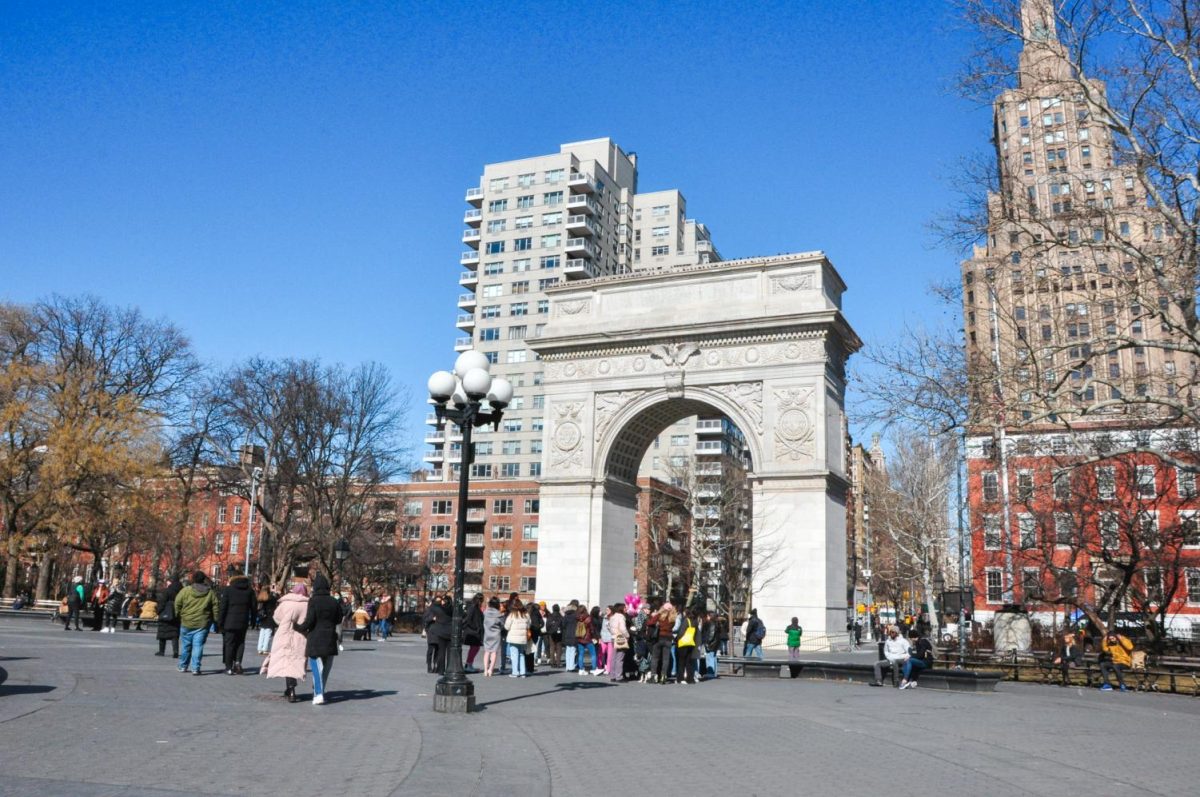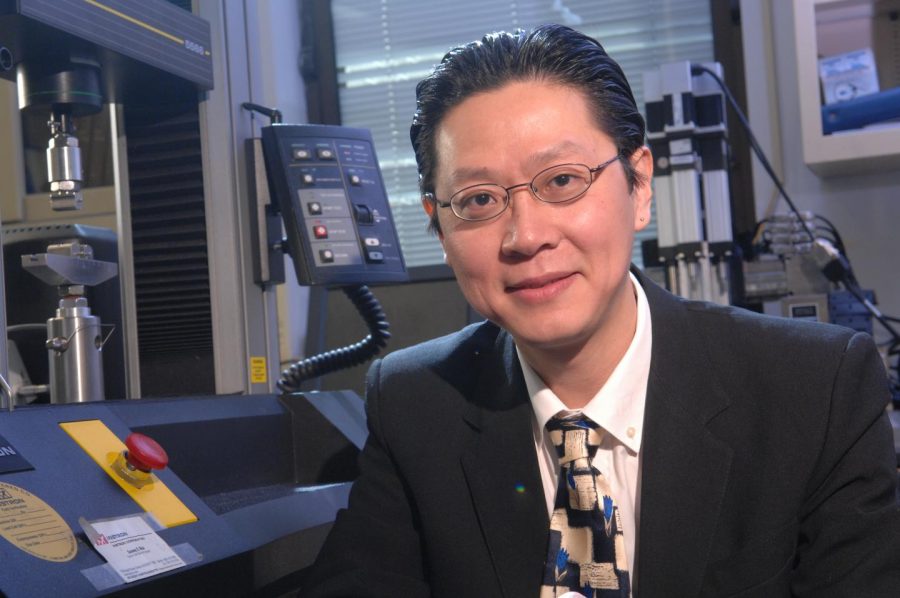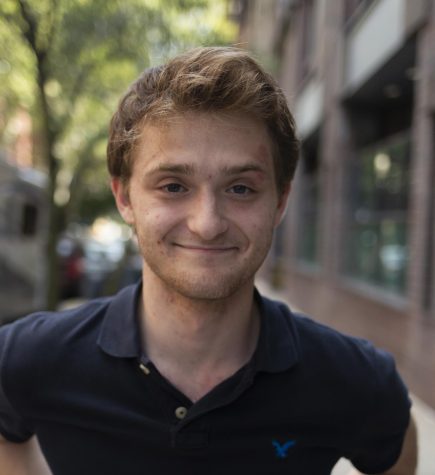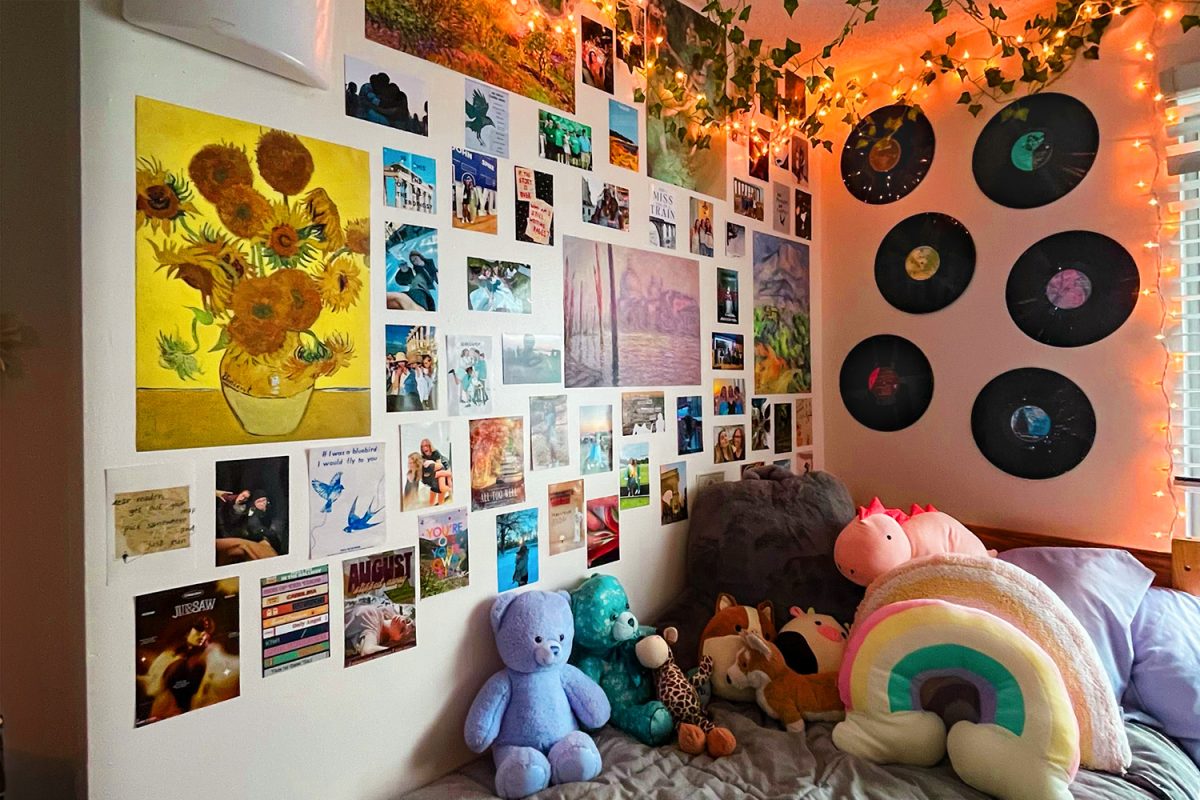NYU Dentistry Wins $3.7 Million
The NYU College of Dentistry has received two grants totaling approximately $3.7 million. The grants, led by Dr. Yu Zhang, will allow the department to develop new ceramic materials for dental restorations.
October 16, 2017
Researchers at the NYU College of Dentistry have received two grants totaling approximately $3.7 million from the National Institute of Dental and Craniofacial Research. The recipients, led by Associate Professor of Biomaterials Dr. Yu Zhang, intend to use the grant money to research, revise and develop new ceramic materials for dental restorations.
“People often go for ceramics rather than other metallic materials for aesthetic reasons, however, the problem with ceramics is that they’re susceptible to fracture,” Zhang said. “Now, we hope to develop materials that are both aesthetic and strong.”
While the grants, each totaling approximately $1.85 million, were awarded for different purposes, their applications are related. The first grant will be used primarily to improve longevity in existing ceramic structures, while the second grant will be used to develop a new system that also helps to improve longevity while also improving aesthetics.
The second grant was awarded to “develop a new system to give better fracture resistance.”
Zhang explained that, while the best restoration materials are highly effective, patients often opt for different, weaker materials for aesthetic reasons. “The veneer [of ceramics] are very susceptible to fracture and we know it’s due to residual thermal stress which makes it more vulnerable to fracture,” Zhang said. “Now, the key is to understand residual stress field in the material. To this day, no one has a good handle on this, because crown systems are so complex.”
To combat this, Zhang’s team is using computerized simulation systems to better understand the crown system. In doing so, he is working with University of Connecticut Associate Professor of Civil Engineering Jeongho Kim to create advanced computerized models.
“By working with Kim, he provides guided analysis and we provide experimental validations,” Zhang said. “Between the two of us, we can come up with a solution for how to extend the performance of the current restoration system.”
The second grant, awarded with the intent of it being used to create new models, will primarily go toward making what Zhang calls a monolithic material out of a metal called zirconia. The challenge is that zirconia is an opaque white and does not look like natural teeth, so the researchers hope to make the zirconia metal translucent.
“To do this you need to use … materials consisting of a lot of small grains and reduce those to the size of the nano scale so that it won’t interfere with the natural light,” Zhang said. “To make [this type of] material is the main challenge, as we cannot make those materials easily, so we are using new techniques to make new translucent materials to fabricate both translucency and stress so as to improve aesthetics.”
To be awarded the grants, the researchers had to submit an extensive written application to NIDCR, which is under the domain of the National Institute of Health. As part of the application, a team of experts at NIH look not only at the written submission but also at publication records and past achievements to assess capabilities. The awarding of the grant allowed Zhang’s team to sign a five-year research contract with NIDCR.
Going forward, Zhang hopes to work with more undergraduates in his research pursuits, especially CAS students with interests in dentistry
or engineering.
“We hope to have more exposure to CAS student researchers and interns,” Zhang said. “At the moment, we’ve mainly focused on graduate students at the School of Dentistry, but we would love to have more undergraduates in our labs.”
A version of this article appeared in the Monday, Oct. 16 print edition.
Email Alex Domb at [email protected].


